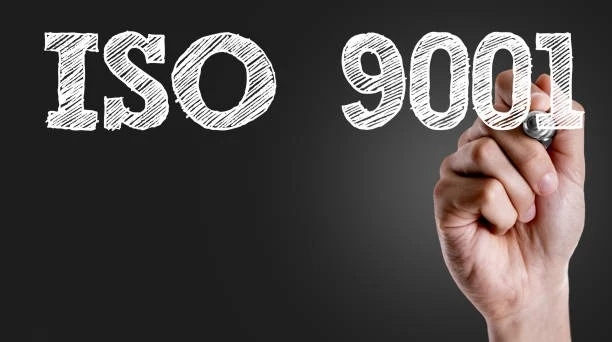
Quality Manual ISO 9001:2015 - Ensuring Excellence in Quality Management
In today's competitive business landscape, ensuring the highest quality standards is non-negotiable. ISO 9001:2015, the internationally recognized quality management system, plays a pivotal role in helping organizations maintain and improve their quality processes. In this comprehensive guide, we will delve into the intricacies of creating a Quality Manual in compliance with ISO 9001:2015.
1. Introduction to ISO 9001:2015
ISO 9001:2015 is an international standard that sets the framework for establishing a robust Quality Management System (QMS). It focuses on enhancing customer satisfaction, ensuring consistent product/service quality, and fostering continual improvement within organizations.
2. Understanding the Quality Manual
The Quality Manual is a key document within the ISO 9001:2015 framework. It serves as the central reference point for your organization's QMS. Think of it as the handbook that guides your team towards achieving and maintaining quality excellence.
3. Benefits of a Quality Manual
Creating a Quality Manual brings numerous advantages. It provides clarity on roles and responsibilities, helps in risk management, and ensures that everyone in the organization is aligned with quality objectives.
4. Structure of a Quality Manual
4.1. Documented Information
Your Quality Manual should include documented information on the scope of the QMS, its processes, and their interactions. This forms the foundation of your manual.
4.2. Context of the Organization
Understanding your organization's internal and external context is essential. It helps in identifying stakeholders and their requirements.
4.3. Leadership
Leadership plays a pivotal role in quality management. Your manual should emphasize leadership's commitment to quality.
4.4. Planning
Detail the planning processes that ensure your organization's quality objectives are met. This includes risk assessment and opportunity identification.
4.5. Support
Discuss how the organization provides resources, training, and support to achieve quality objectives.
4.6. Operation
This section outlines the execution of your processes and controls to ensure product/service conformity.
4.7. Performance Evaluation
Describe how you monitor and measure performance to ensure that everything is on track.
4.8. Improvement
Highlight the strategies for continual improvement, which is at the core of ISO 9001:2015.
5. Creating Your Quality Manual
Creating a Quality Manual is a collaborative effort. Involve relevant stakeholders to ensure it reflects the organization's actual processes and commitments.
6. The Importance of Leadership Involvement
Leadership's commitment to quality sets the tone for the entire organization. Make sure to emphasize their role in the manual.
7. Establishing Quality Objectives
Quality objectives should be specific, measurable, achievable, relevant, and time-bound (SMART). They guide your organization towards quality excellence.
8. Documenting Procedures and Processes
Documenting processes ensures consistency and clarity in operations. It also facilitates training and onboarding of new employees.
9. Employee Training and Competence
Highlight how your organization ensures that employees are trained and competent to perform their tasks effectively.
10. Monitoring and Measuring Performance
Detail the methods used to monitor and measure the performance of your processes, products, or services.
11. Continual Improvement Strategies
Explain how your organization identifies areas for improvement and implements corrective actions.
12. Ensuring Compliance with ISO 9001:2015
Your Quality Manual should clearly outline how your organization complies with ISO 9001:2015 requirements.
13. Common Challenges in Quality Manual Development
Address common challenges such as maintaining relevance, keeping the manual up to date, and ensuring employee buy-in.
14. Conclusion
In conclusion, a well-structured Quality Manual is the cornerstone of a successful ISO 9001:2015-compliant Quality Management System. It guides your organization towards quality excellence and continual improvement.
15. FAQs
Q1: What is ISO 9001:2015?
ISO 9001:2015 is an international standard for Quality Management Systems that sets the framework for organizations to ensure consistent quality in their products and services.
Q2: Why is leadership involvement important in the Quality Manual?
Leadership involvement demonstrates commitment to quality, which is essential for the entire organization's alignment with quality objectives.
Q3: How often should a Quality Manual be updated?
A Quality Manual should be updated whenever there are significant changes in your organization's processes, objectives, or ISO 9001 requirements.
Q4: Can a small business benefit from ISO 9001:2015?
Absolutely. ISO 9001:2015 can be scaled to fit the needs of small businesses, helping them improve quality and competitiveness.
This comprehensive guide has provided valuable insights into creating a Quality Manual in compliance with ISO 9001:2015. By following these guidelines, your organization can embark on a journey towards excellence in quality management.






0 Comments